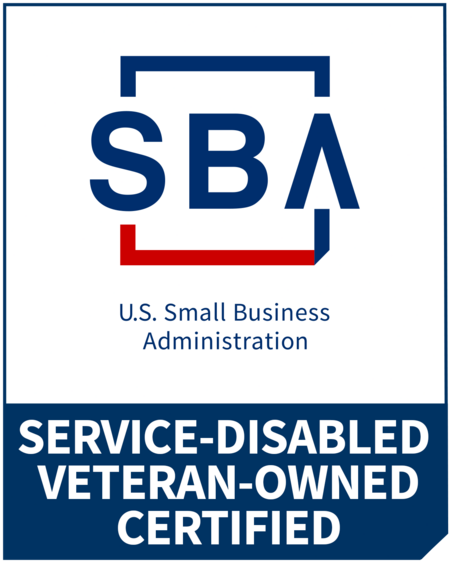FAQ, Fiber Optic Cabling
Ethernet Vs Fiber FAQs

CKC Data Solutions specializes in telecommunications infrastructure installation in Southwest Missouri and the surrounding areas. Today, our expert team answers FAQs about Ethernet versus fiber optics.
Are Ethernet and fiber the same thing?
No. Ethernet cables and fiber optics allow for telecommunication signals to travel from one place to another, but they achieve this through different means and physical media.What are the differences between Ethernet and fiber?
Ethernet cables comprise strands of copper wire ideal for electronic communications over short distances, while fiber optic cables comprise very thin strands of glass perfect for signal transmission over long distances.Is Ethernet cheaper than fiber optics?
Yes, due to the construction of the materials. Copper wires are much easier to make than very thin glass strands for fiber optic cables. However, you get what you pay for. Signals traveling along fiber optic cables are nearly unhackable because they are light waves traveling along the pathway rather than electrical signals. Your facility may need fiber optic cables depending on your requirements and the distances involved.How do Ethernet cables and fiber optics work together to bring the internet to buildings?
It’s easy to think of how fiber optics and Ethernet work together. Fiber optic cables work best when going from one end of a facility to another, and they work great when you have a warehouse or large office building that needs a lot of data transferred through your building. Ethernet cables are great for the last couple hundred feet or so of the journey for telecommunications signals, such as within a wall from the server or going from the computer to a wall.A computer media converter is the machine that provides a transition between fiber optics and Ethernet.What is the best Ethernet cable to use with fiber optic cables?
We recommend Cat6 Ethernet cables to transition from fiber optics to Ethernet. Cat5 cables were the standard at one time. Cat6 cables can handle a higher bandwidth and greater transmission speeds.How fast is fiber optic cable versus Ethernet?
Signals travel at about the same speed through fiber optics and Ethernet cables. The velocity of signals reaches about two-thirds the speed of light 124,188 miles per second. Signals in fiber optics are much cleaner than Ethernet cables, though, which is why they are perfect for travel over long distances.How much data can fiber optic carry versus Ethernet?
Typical fiber optics can carry up to 800 gigabits per second, while Cat6 Ethernet can carry up to 10 gigabits per second.Why is fiber optic cable faster than Ethernet?
It comes down to the materials used. Fiber optic is faster because it uses light signals in perfectly clear glass fibers. Copper isn’t not as good of a medium as glass fiber for light to travel, but it is still very effective for shorter distances. Plus, copper carries electrical signals versus light signals. Electricity isn’t as efficient as light when it comes to carrying signals from one distance to another.Who can install fiber optics and Ethernet for my business?
Professional installers are the best way to go for installing fiber optics and Ethernet for your business, facility, corporate office, or warehouse. Contact CKC Data Solutions or call (417) 812-5251 to start the conversation!Latest Blog Posts
- Grid-Interactive Efficient Buildings: A National Security Strategy for a More Resilient Grid
- How GEBs & PoE Devices Can Reduce Energy Costs and Unlock Savings for Government Agencies
- Six Practical Reasons for Hiring a Managed IT Services Provider
- What Is a Managed IT Provider and Why Does a Business Need One?
- How to Retrofit Your Older Facility Into a Smart Building